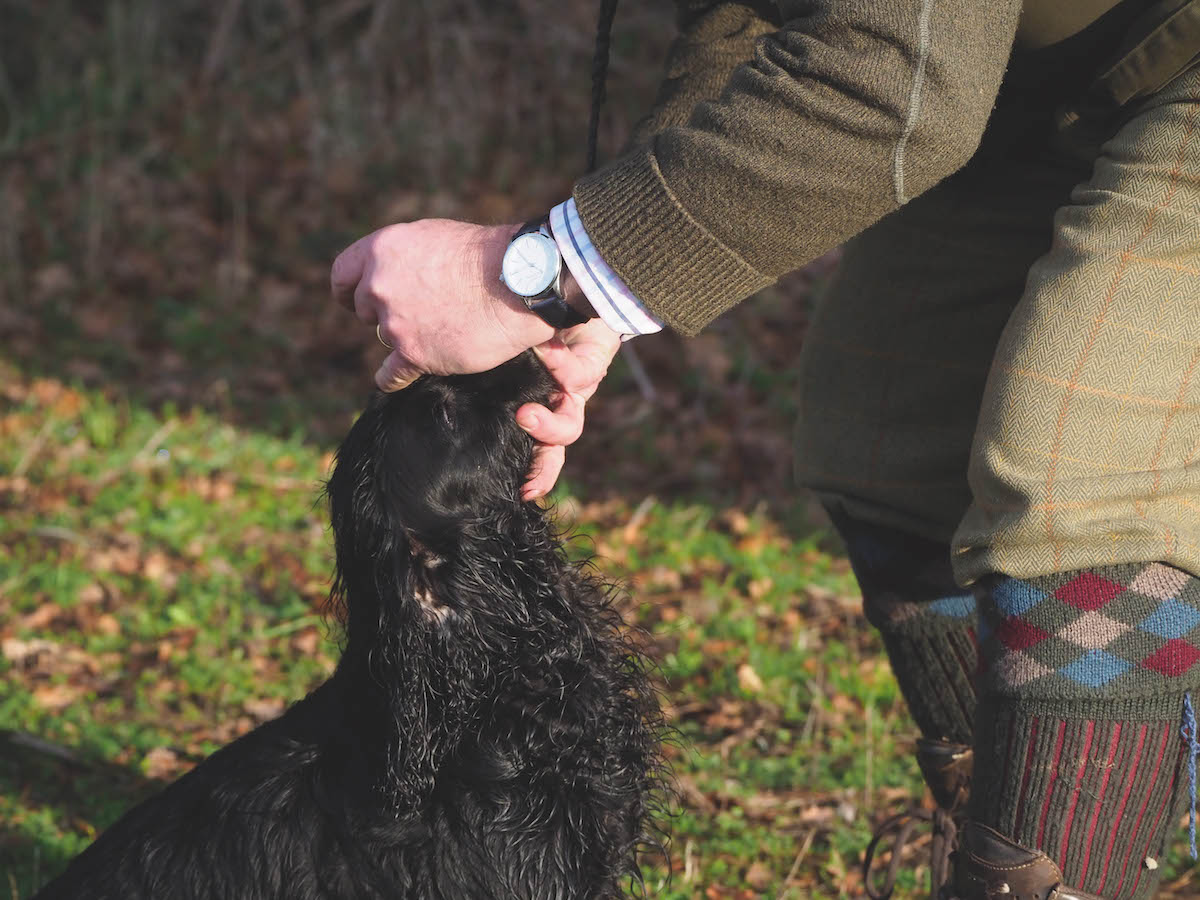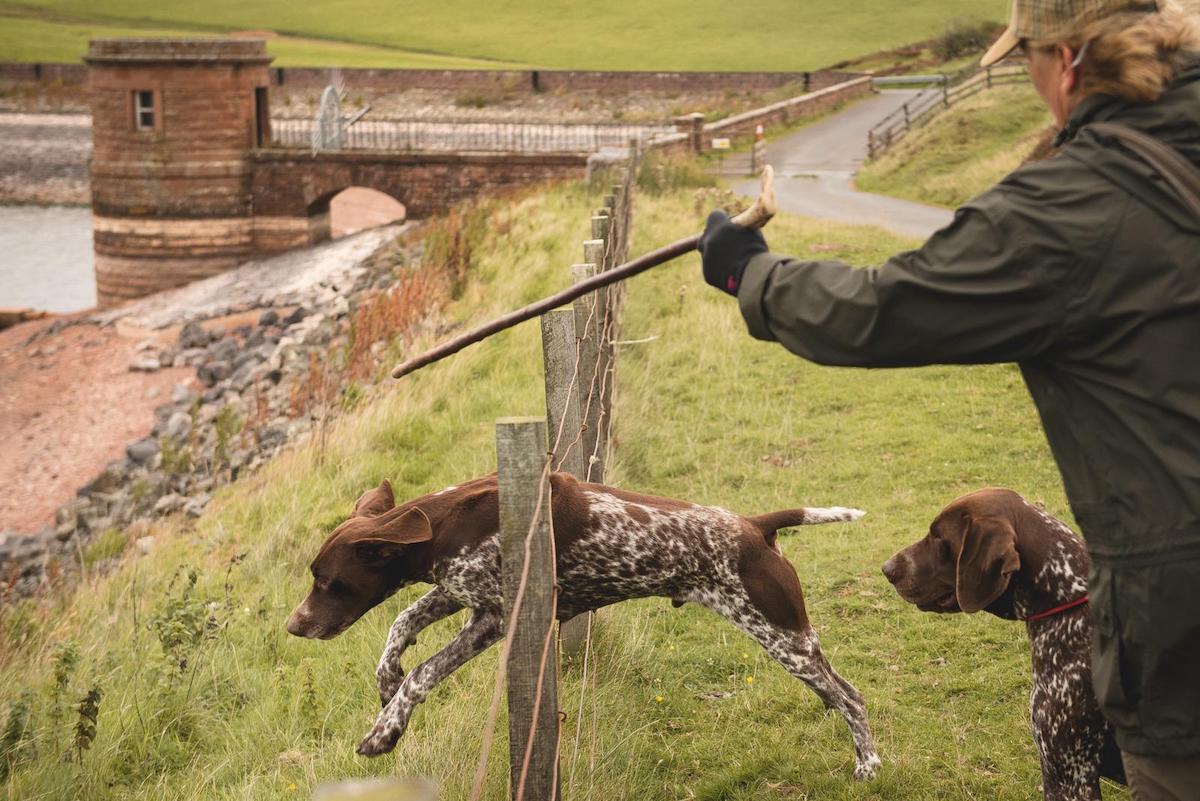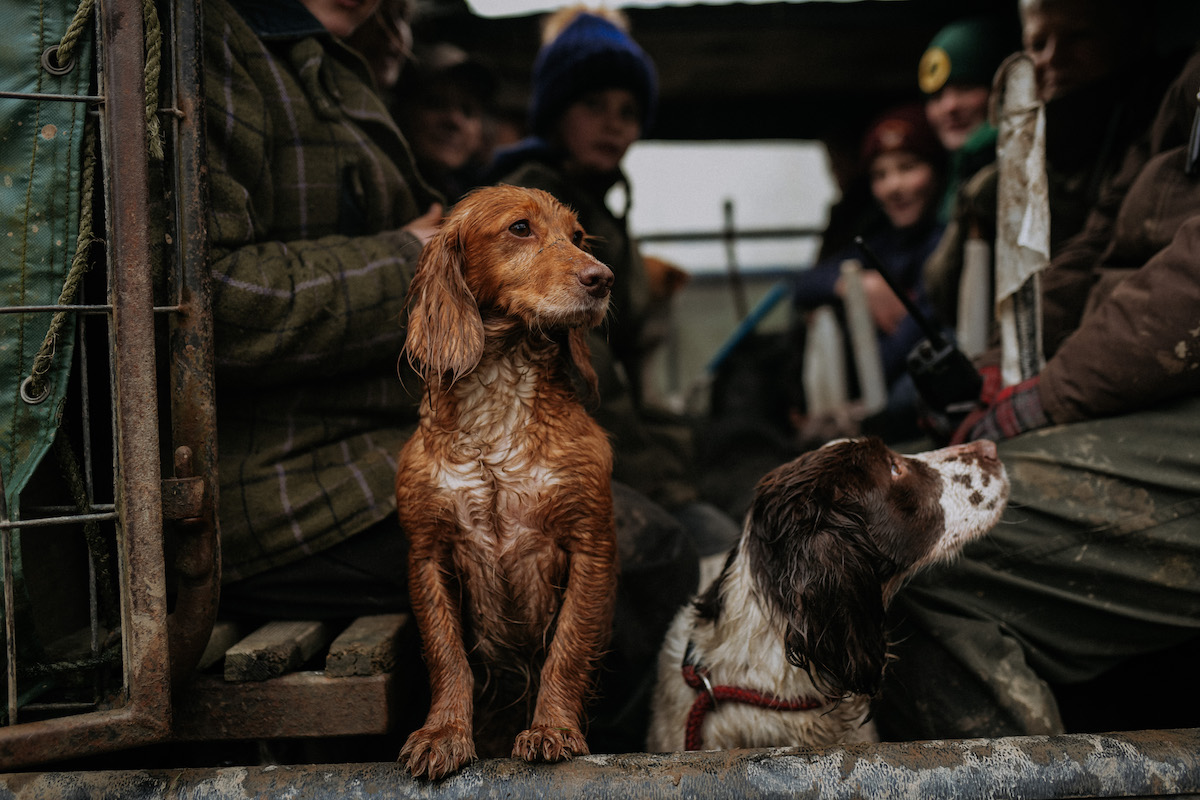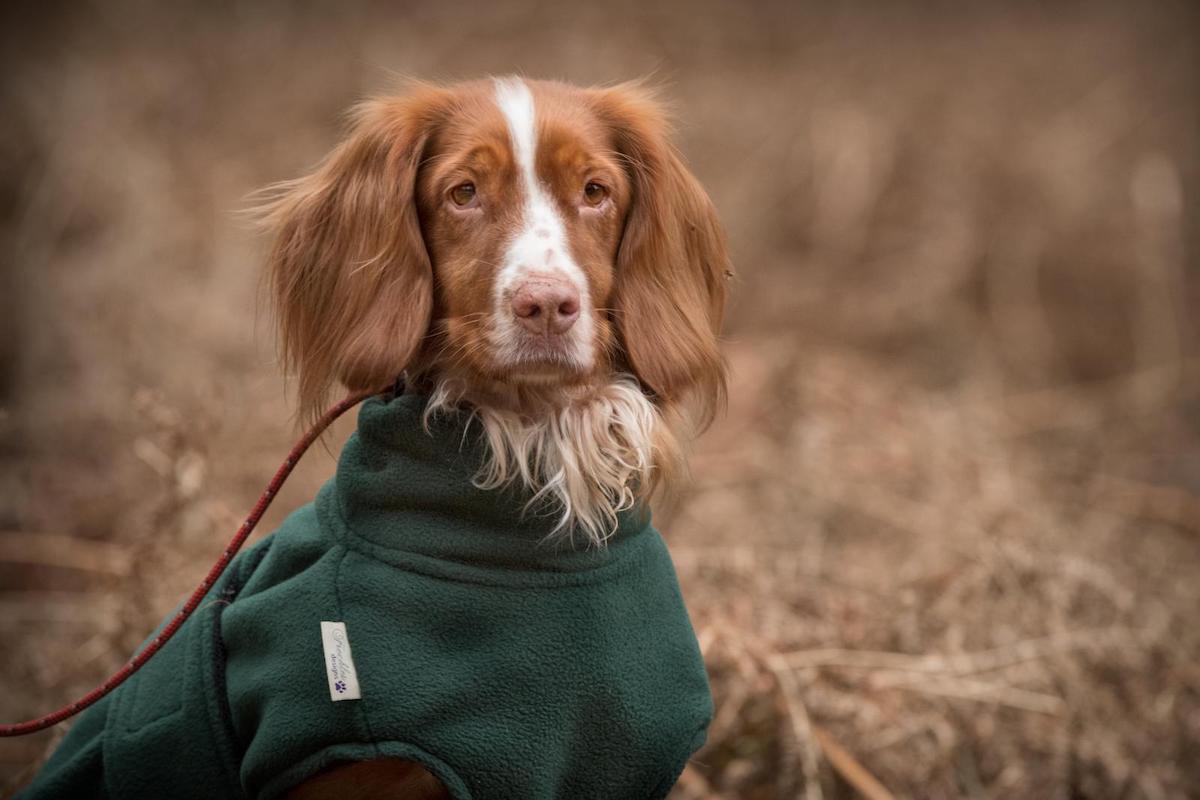Dry eye in dogs: symptoms and treatment
Dry eyes and scratched corneas are no laughing matter, as David Tomlinson explains just how badly KCS can damage a dog’s vision

KCS medicine takes a while to work, so vets will often prescribe eye drops to ease the dog's discomfort in the meantime
Medical names are often tongue-twisters but few are more challenging than keratoconjunctivitis sicca, which is the official description of a common canine complaint — dry eye. For the sake of simplicity, it is usually known by the abbreviation KCS. Common though it may be, I must admit that I’d never come across it until last season. I was out shooting with sporting vet Roger Bannock when he stopped after the second drive to administer eye drops to his spaniel, Wiggy (pictured above).
Roger explained that Wiggy, a 10-year-old cocker, had only recently been diagnosed with KCS. “It’s a problem we see often in spaniels,” Roger told me. “There are a number of other breeds in which it’s frequent, including West Highland terriers and lhasa apsos, but it’s fortunately much less common in retrievers. As the name dry suggests, it’s basically a lack of moisture on the eye due to a reduction in the tear function. You’re probably unaware of it, but every time you blink a film of tears is swept over the corneal surface. It’s the same with dogs too. (Read more on cataracts in dogs.)
“Tears,” Roger told me, “are made of aqueous (watery), lipid (fat) and mucinous components, and dry eye in dogs is primarily a failure of the aqueous component. They are produced constantly from the lacrimal (tear) glands situated around the eyeball, and they keep the eye surface (cornea) moist and free from bacterial infection. A reduction in tear function in the early stages causes the cornea to appear dull or lacklustre, so it’s easy to spot. It will also be apparent that a dog finds its eyes uncomfortable. You might notice it squinting, along with a green or yellow discharge. If it’s not treated, the cornea often pigments (goes black) and blood vessels grow across its surface, leading to partial or complete blindness.”
Dry eye in dogs treatment and diagnosis
Dry eye in dogs is something you want to treat as soon as you can, so book your dog in with your vet for a Schirmer tear test (STT). Roger explained: “This test uses strips made of a special blotting paper. One end of the strip is placed under the lower eyelid and the tears move up the strip, taking blue dye with it. Under 10mm in one minute is abnormal, 10mm to 15mm is the grey area, 15mm to 20mm is good, and over 20mm is normal. The tear function can vary day to day, so if I have a dog with a grey result I redo the STT again in two or three weeks. It’s important to get an accurate diagnosis, as a false positive would involve expensive drugs for the rest of the dog’s life.”
Most cases are managed medically rather than surgically, so your dog is unlikely to require an operation. The cause for the majority of KCS cases is a fault with the immune system that causes it to attack its own lacrimal glands. The standard treatment for most dogs is to use cyclosporin eye ointment. You can buy this online for around £35, but a valid written veterinary prescription is required if you wish to do so.
Initially the dog should be treated twice a day, but if the response is good this can be reduced to once daily after six to eight weeks. Cyclosporin is an immune-suppressant drug that allows the tear glands to produce tears again. Since the treatment will take several weeks to have an effect, it is common for vets to also initially prescribe an antibiotic/lubricant eye drop (sometimes with steroids in it), to ease the discomfort and keep the cornea free of infection.
Swift action
As with most medical treatments, the sooner treatment is started the better the response, so if you suspect that your dog may be suffering, it’s best to act now. If left too long, the lacrimal glands can become irreversibly damaged and will not respond as well to treatment. In those cases, the only other medical option is to use lubricant and antibiotic eye drops multiple times a day. It is therefore important to take your dog to your vet as soon as possible if you suspect it has KCS.
KCS is, of course, one of a number of problems that can affect a dog’s eyes. Hard-hunting spaniels working in thick cover can easily scratch their corneas. I remember coming home years ago from a day’s shooting with my spaniel’s eyes bloodshot from working in brambles, but there was never any lasting damage. Bathing a dog’s eye after a hard day in the field does make sense, and there are a number of excellent products your vet will be able to recommend that can be used to safely clean the eye and its surroundings.
Grass seeds are a serious menace, which is why I am always as careful as I can be with where I exercise my dogs in summer, especially avoiding hayfields. A grass seed in the eye is invariably extremely painful for your dog, and it is likely to indicate the problem by pawing at its eye or rubbing its face on the ground. It’s often possible to remove seeds yourself, but if in doubt take the dog to your vet. It’s not just eyes that grass seeds can enter. Many years ago, a spaniel bitch of mine suffered from a grass seed in her pad. My wife took her to the vet to have it removed but fainted while watching the operation. I’m pleased to say that she hasn’t fainted since. (Read more on protecting your dogs from grass seeds.)








